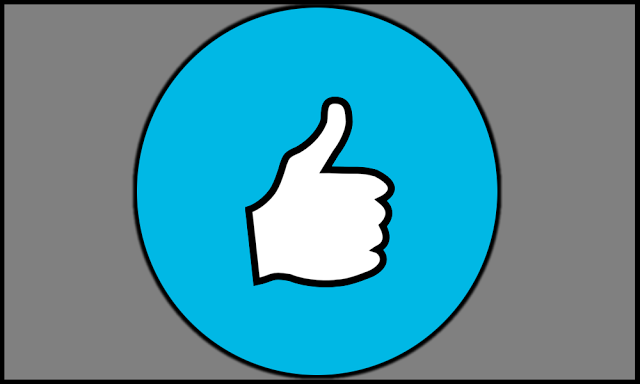
Do
you know how to recommend someone on LinkedIn? Recommending someone on
LinkedIn is relatively simple, if you know what you are doing. There are many good reasons why you should recommend others and why you should request recommendations for your own LinkedIn profile. As suggested by the folk at LinkedIn:
"A recommendation is a statement that is written by a LinkedIn
member to recognize or commend a connection, such as a colleague,
business partner, or student. People who view your profile will often
read the recommendations you've received from your connections to see what others have to say about your work."
For those
who haven’t recommended someone before, or who are requesting a
recommendation from someone who may not know how to do it, this simple
5-step guide should help you to write a recommendation without too much
hassle.
Here we go:
- Log on to LinkedIn > open person's profile page > use drop-down menu from the blue ‘Send a message’ tab (move cursor over small arrow icon to the right of text) > select ‘Recommend.’
- Write recommendation. I suggest writing one in a plain-text document before you 'publish' on LinkedIn. Make sure the recommendation is clear and to the point and relates to the ‘relationship’ and ‘positions’ selections that you make (your own role in relation to the person’s you are recommending).
- Remember to detail the positive aspects of your relationship in a way that will really promote them to a prospective client/employer etc. Use key-words that relate directly to what it is they do and what they did for you.
- Make sure to end your recommendation with a strong positive emphasis on why you are recommending that person.
- Send/save.
Easy,
right? Remember, your recommendations should be genuine and relate to
your previous engagement (as employer/ee, client etc.) with the person
you are endorsing. Keep it brief and to the point. Recommendations are a
great way to get other testimonials in return and also to keep your
LinkedIn profile active and engaging.
Here are a few points to consider:
- Make use of LinkedIn's guidelines and tutorials.
- Keep your recommendation simple but punchy without hyperbole (i.e. Make the recommendation easy to read and personal without being over-blown and hard-to-believe)
- Keep it real. Be honest - most people can smell BS a mile away.
- Be specific about how you know the person and why you are recommending them.
- Accentuate the positive both in terms of deliverables and personality, e.g. 'Susan's cheerful, high-energy nature ensured that we always got the best results and made a great difference to the team morale.'
- Check out the person's other recommendations and try to add something to the conversation. Think of the career trajectory the person is on and how your recommendation can help them. Sell their best qualities.
Now you know how to recommend someone on LinkedIn, why not give it a try? Remember, when making LinkedIn recommendations, put your best foot forward in terms of your writing ability. Make it sing - resist the urge to write a boring and impersonal recommendation and you'll not only help a colleague, but hopefully impress their network with your insight and ability.
